By Ellen Grimm, Granite State News Collaborative
Bruno D'Britto left his home in Rio de Janeiro as a teenager, arriving in Nashua to join his father, who had left Brazil for the United States years earlier after his parents divorced. Coming to the U.S. was a chance to seek better opportunities, he said, and to leave a neighborhood beset by violence.
“I saw many people being shot. Like a month before I came (to the United States), this kid got shot, killed pretty much in front of my school as we were leaving. When you are living with that, you kind of become numb to it,” he said. “It actually took me a couple of years after I came to realize that wasn't the norm.”
D'Britto said his father was able to bring him to the United States under the family reunification program, the leading immigration pathway for foreign nationals (citizens of a foreign country), according to the U.S. Department of Homeland Security. Other pathways: employment-based immigration, refugee resettlement, asylum, and the diversity lottery.
As with much of immigration policy, family reunification – also called family-based immigration – can be a complicated process involving multiple eligibility categories and qualifications. Now an immigration attorney, D'Britto helps others hoping to bring family members to the United States.
D'Britto is also founder and member of the N.H. Brazilian Council, which provides a variety of legal and social services to the Brazilian population and other immigrants in New Hampshire, including promoting language access.
Recently, D’Britto said, he helped clear the path for a father to make his way from Brazil to join his wife and child in New Hampshire. Of the 60 immigration-related cases he is working on, he said, most address family reunification, involving such countries as Brazil, Mexico, Venezuela, Thailand, and Colombia.
U.S. citizens have certain advantages when it comes to petitioning on behalf of immediate family, a category that includes spouses, unmarried children under the age of 21, and parents of U.S. citizens if the U.S. citizen is 21 years of age or older. There are unlimited visas for this group and reunification generally takes two to three years, according to Lina Shayo, an immigration lawyer with Mesa Law Immigration Services in Manchester.
Other family members, such as siblings, fall outside the “immediate” category and can involve a longer wait. A U.S. citizen petitioning for a sibling can take 15 years, for example. A U.S. citizen petitioning for reunification with a child who is over 21 can take eight years. “There are a limited number of visas available and a lot more people apply than the numbers that are available, so it creates a backlog,” she said.
Those approved for entry into the U.S. can apply to become lawful permanent residents (LPRs), non-citizens authorized to live permanently in the United States, also referred to as “Green Card” holders. They are allowed to work and own property here, receive financial assistance at public colleges and universities, and join the Armed Forces. After meeting certain eligibility. requirements, they may also apply to become naturalized U.S. citizens.
Lawful permanent residents can also petition for family, including spouses and unmarried children under the age of 21. The number of visas is limited for this group, however, and these family-based immigration efforts can take decades, Shayo said. Additional limits apply to “oversubscribed” countries – including India, China, and Mexico -- that have exceeded their allocation of visas.
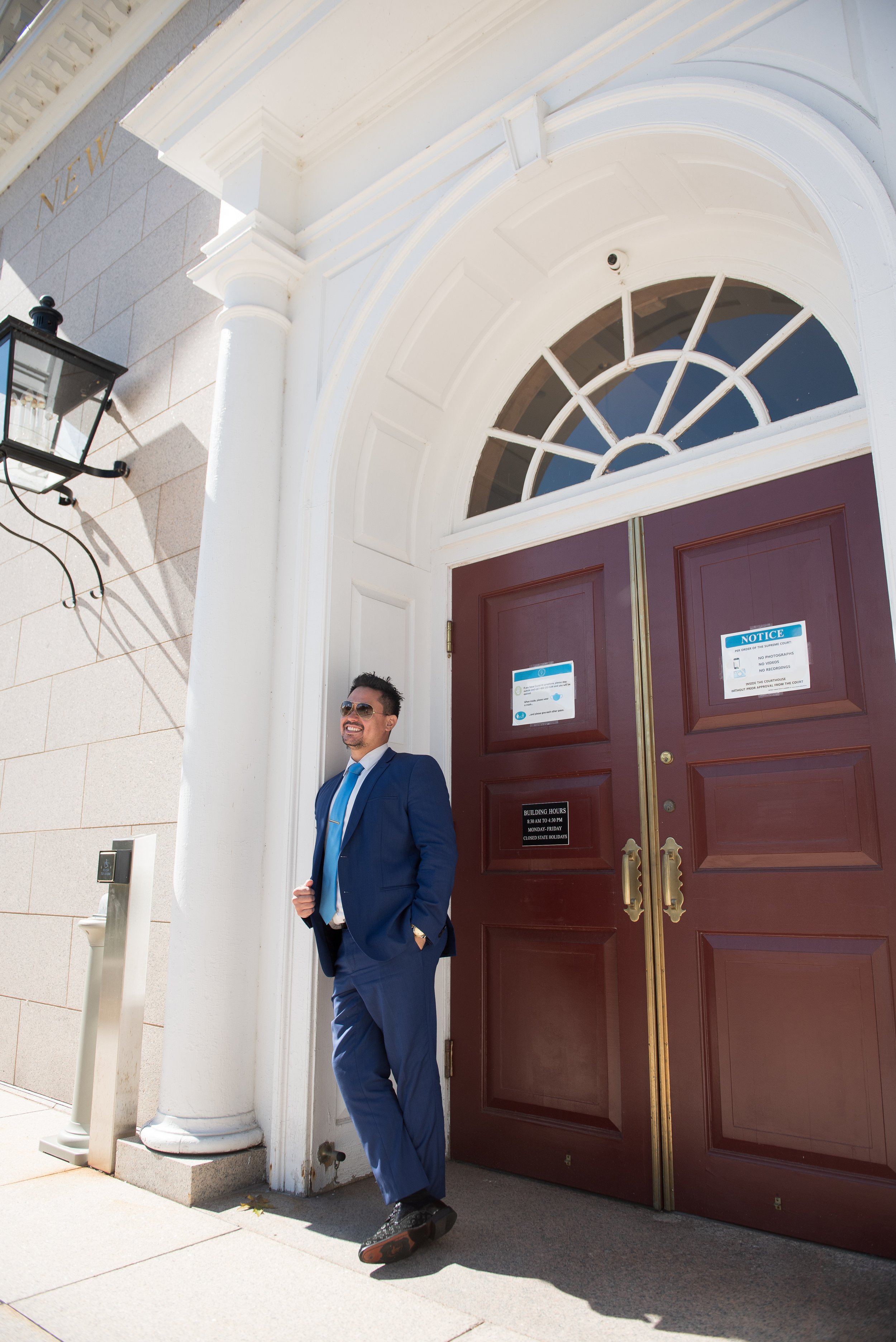
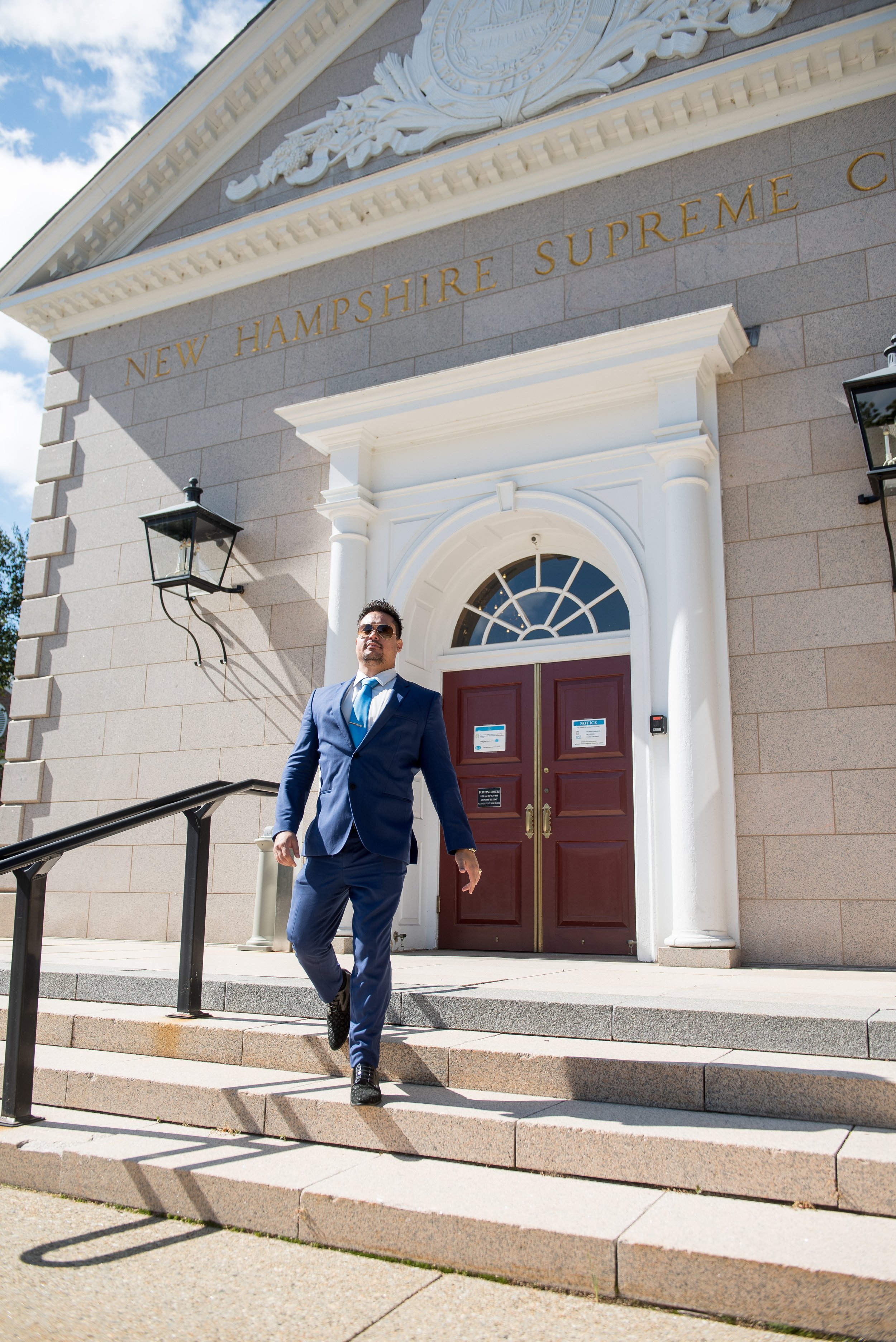
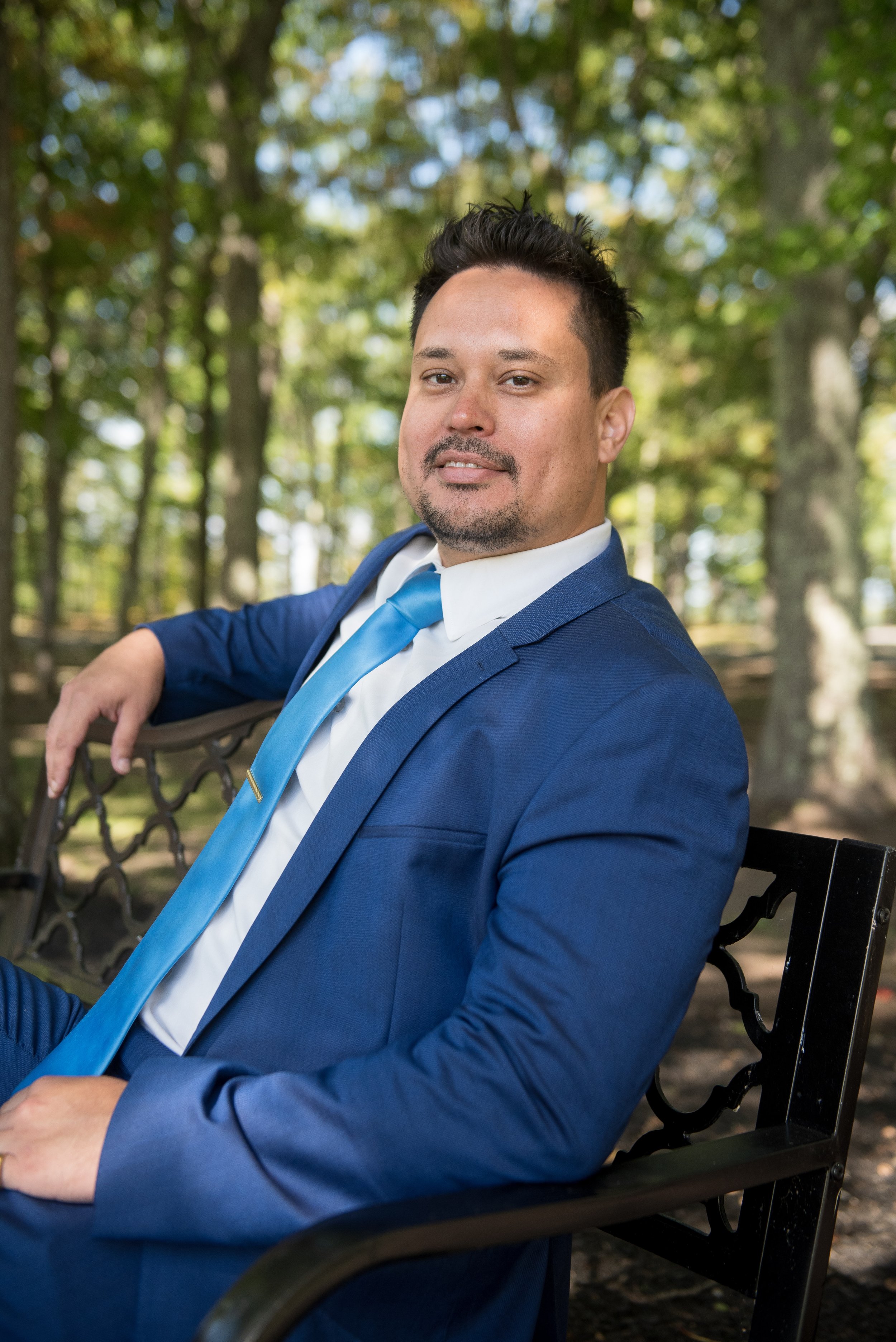
Employment-based
In certain circumstances, U.S. employers can hire foreign workers. “It's a bit of a complicated process,” said Shayo. “They have to prove that they can't find an American worker who is willing and able to do the job, and that they're going to pay the foreign worker what they call the prevailing wage, which is set by the Department of Labor,” she said.
The process is designed to protect American workers and American jobs, she said. “So they have to jump through a lot of hoops to do it, but if it's successful then you're able to bring foreign talent to the United States.” As with family-based immigration, there is a big backlog of cases.
Employment-based immigrants fall under various categories, including priority workers, or people with extraordinary abilities in various fields, outstanding professors and researchers, and certain multinational managers and executives. Other groups, in order of preference, include people with advanced degrees and exceptional ability, and both skilled and unskilled workers.
Self-petition: Asylum and Investment
In some cases, individuals themselves petition to gain entry to the U.S. “This is when the foreign national or the non-U.S. citizen petitions on their own behalf to the U.S. government to get a Green Card to live and work in the United States,” Shayo said.
If, for instance, someone plans to come to the U.S. to make an investment – a minimum of about $750,000 – and open a business, they can apply for entry, she said. “You have to have a lot of money and you have to promise the U.S. government that you're going to come and open a business and this business is going to hire American workers,” she said.
In some cases, people who are outstanding in their field or considered high-performing can petition for themselves – recipients of major internationally recognized awards, for instance. “They can petition the U.S. government based on their outstanding ability and, if they are successful, they'll get a Green Card and they'll come and live and work in the United States, or stay here permanently,” she said.
Under the asylum program, individuals who come to the United States petition to remain for various urgent reasons. They must be in the country or at a point of entry to do so. “An example of a self-petition is an asylum, which is when someone says ‘my government or a group that my government cannot control is persecuting me because of my race, or my religion, my national identity, membership in a particular social group, (or political opinion),’” Shayo said. “It's not, for example, conditions in my country are not very good, and I have to come because there are no jobs.”
In addition, Bruno D'Britto said, “You have to show that you were unable to relocate to another region of your country, and even if you do, you would suffer the same effect.”
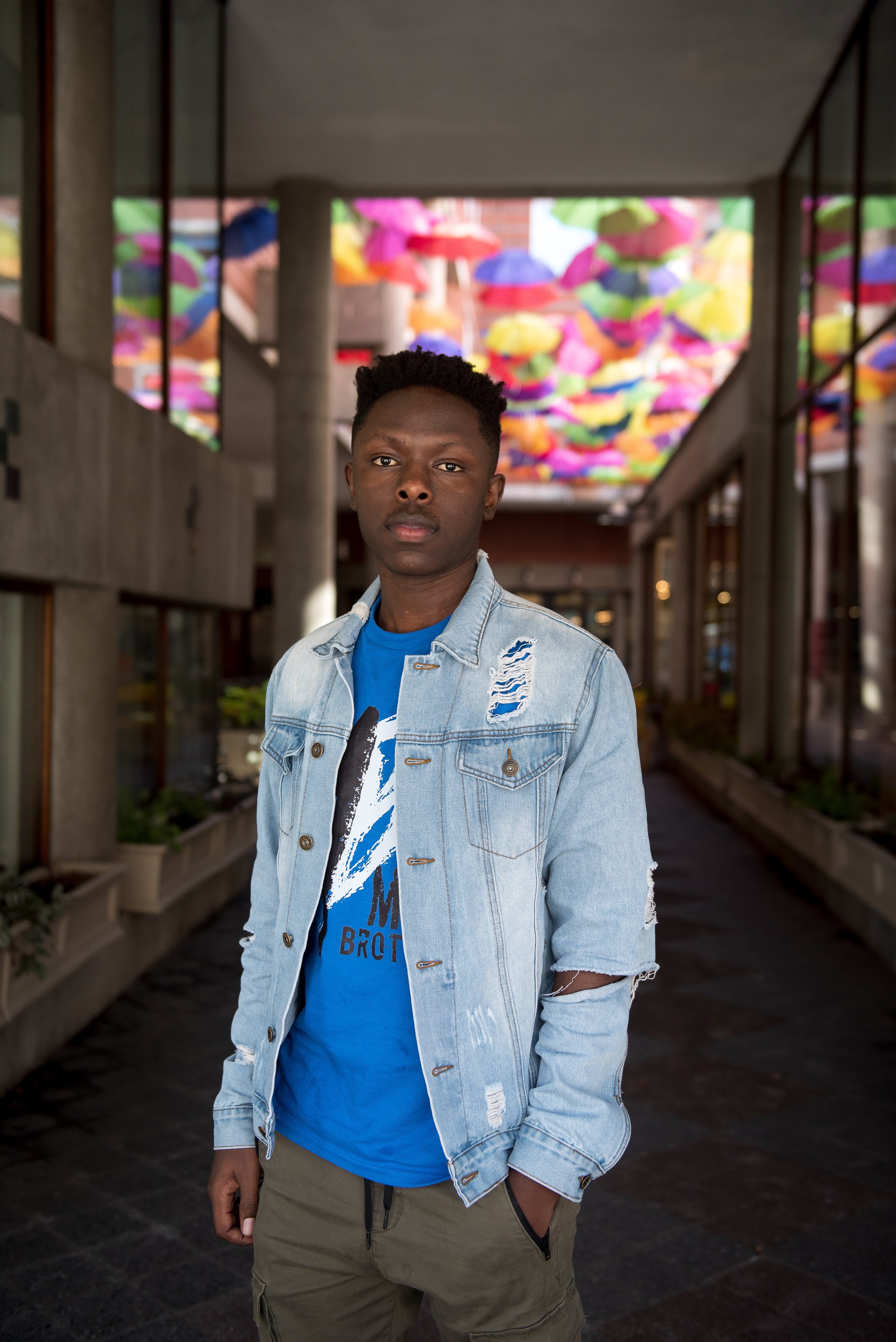
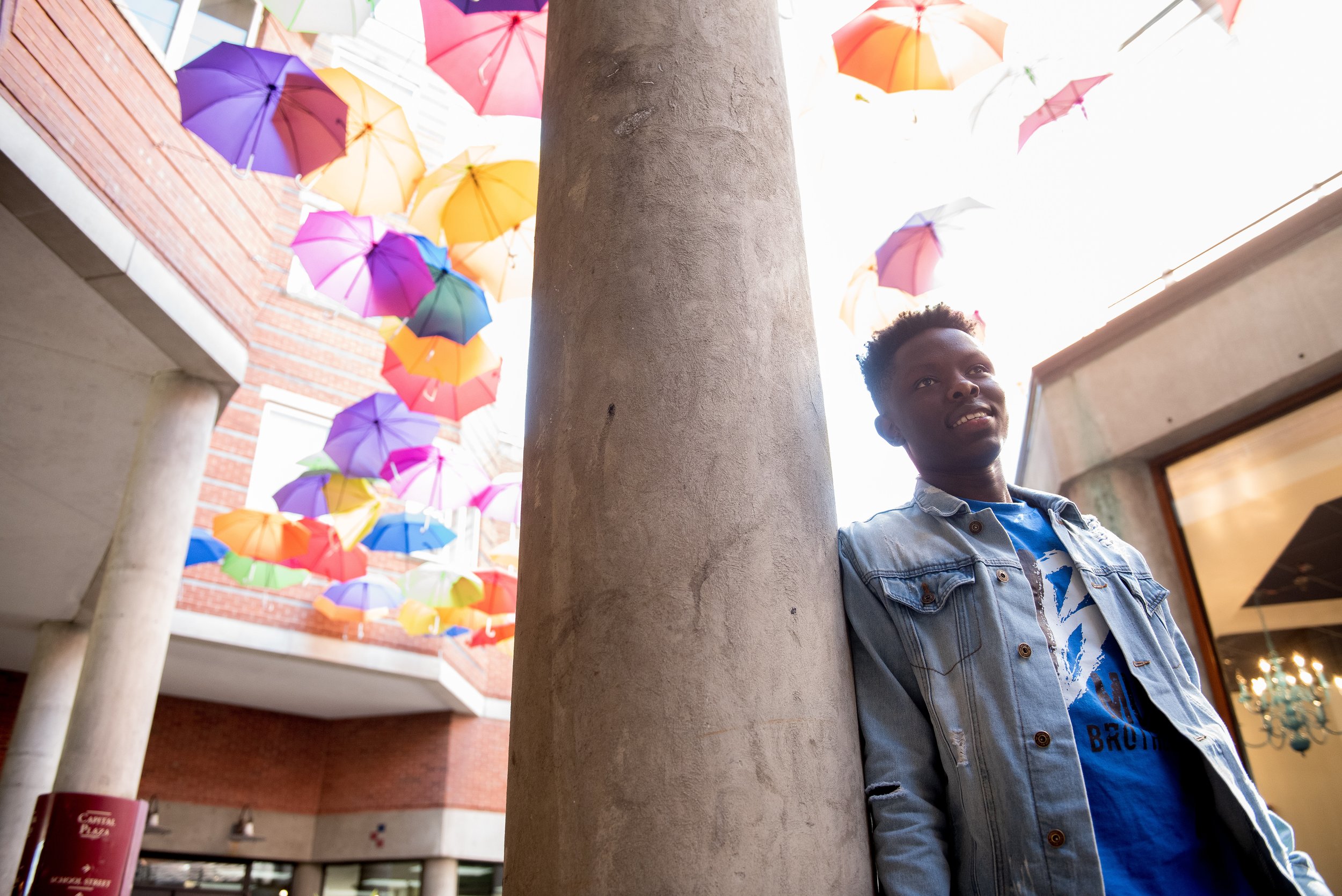
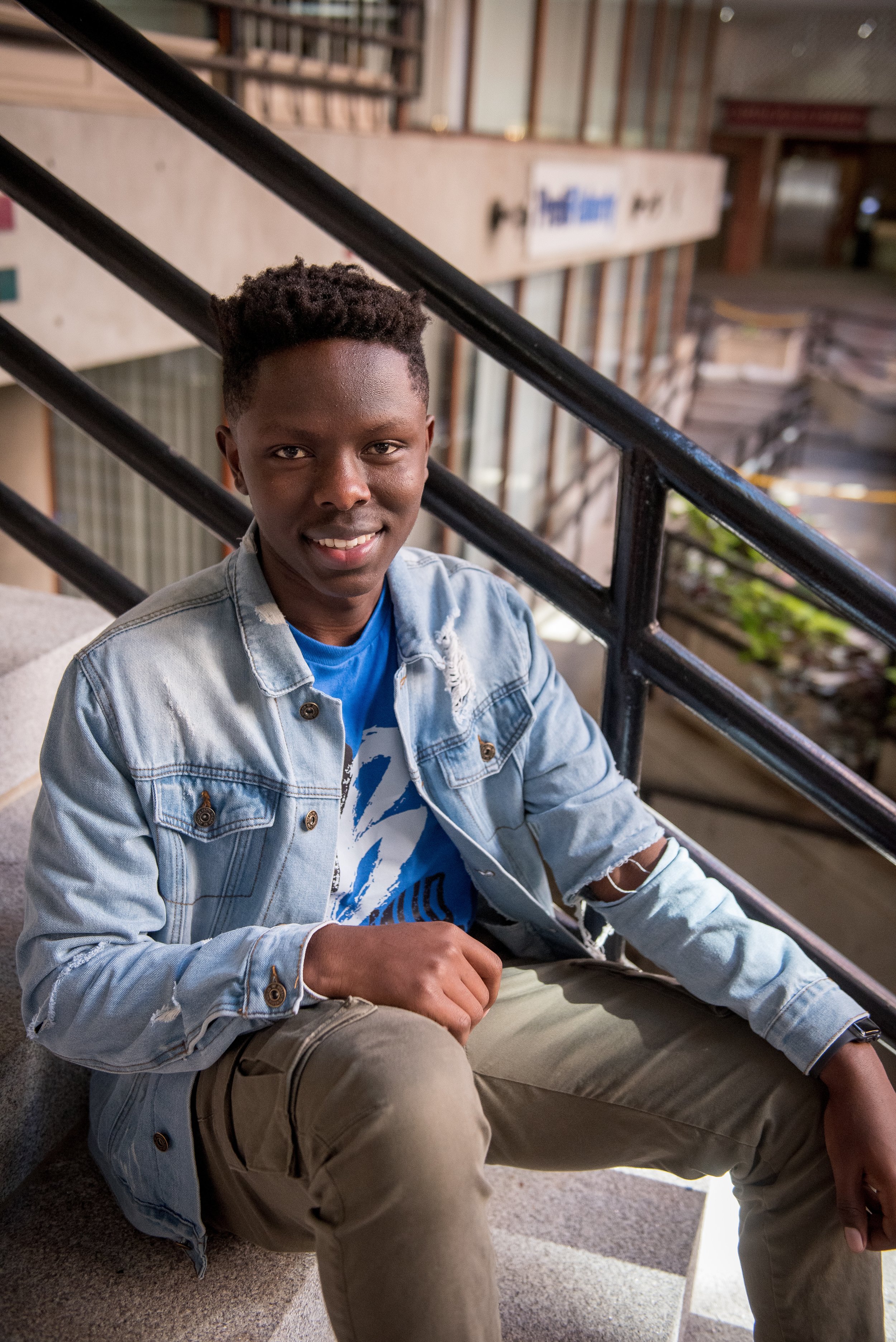
Refugees
Unlike asylees, refugees gain approval for entry from a third country before arriving in the United States. Like asylees, they must demonstrate they have experienced persecution or have reason to fear persecution on the basis of race, religion, nationality, political opinion, or membership in a particular social group.
Concord resident Fred Nshimiyimana and his family lived in a refugee camp in Rwanda for many years. His parents arrived there in about 1998 after fleeing war in Congo, he said. Nshimiyimana was born in the camp. “We didn't have much food, we didn't have clean water. We didn't have electricity, and education was tough,” he said. “We survived that life,” he said.
When he turned 12 or 13, he said, his family began a series of interviews with the United Nations High Commissioner of Refugees, the beginning of a process that would take more than a year and lead to resettlement in the United States. “We went for many interviews (with UNHCR). They asked a lot of questions on why we wanted to go to the United States, why my parents left Congo,” he said.
The Bureau of Population, Refugees, and Migration within the U.S. State Dept. oversees this admissions program. After conducting initial screening, UNHCR refers qualifying individuals to a State Department Resettlement Support Center (RSC). These RSCs conduct further interviews and submit information for background checks to various U.S. national security agencies. Domestic resettlement agencies meet to review the biographies of refugees selected by the RSCs to determine where they should be resettled in the U.S.
Nshimiyimana and his mother and two brothers were resettled to Concord in 2015, he said. It was a difficult period, in part because they had left his father behind. “He was working outside the camp,” he said, “so that we could have a better life.” Leaving the camp to work on behalf of his wife and sons complicated his father's resettlement case, causing him to lose his refugee status, Nshimiyimana said. His mother has been working with an immigration lawyer for several years to try to bring his father, who now lives in Kenya, to the U.S.
Now entering his junior year at UNH, Nshimiyimana recently started a one-year internship at the American Friends Service Committee of New Hampshire and works as lead organizer for Change for Concord, a group of young adults working to improve the quality of life for young people in the Concord community. He is particularly interested in helping immigrant students. “I will try my best to work with the schools and try to make middle school and high school a better place for the immigrants, so that once they leave they have a better future and they can go to college and have a career,” he said.
This summer, Nshimiyimana passed the test for U.S. citizenship. He was asked to come back later that same day for the naturalization ceremony, when he took the oath of allegiance and received his Certificate of Naturalization, proof that he is now a U.S. citizen.
“It's a relief,” he said. “It's a big relief. I was not a citizen of Rwanda and I didn't have citizenship of Congo,” he said. “I didn't have a nationality. Now that I'm American and I belong to a country, that feels amazing.”
Diversity Lottery
At the beginning of every fiscal year, in October, people can enter the diversity lottery, a program limited to about 50,000 people from countries with low rates of immigration to the United States.
It's a true lottery,” Lina Shayo said. “You get picked and if you get picked you have to be vetted. They want to make sure you graduated from high school, that you're not a criminal. Then you get an interview at the U.S. Embassy where you live and then, if you pass the interview and you pass all that vetting, you get an immigrant visa and you come to the United States and get a Green Card.”
During the pandemic, interviews have been difficult to get, she said. And since the law requires a Green Card to be issued the same year a person is picked by lottery, a year's delay can mean losing out.
“This is the third year where people are getting picked and they're submitting all of their applications and then they never get called for an interview,” Shayo said. “And those visas cannot be issued, which means those Green Cards will never be issued and they're just wasted.”
Misconceptions
As Shayo has found, there are some common misconceptions, both among those who are new to navigating the immigration system and the general public -- those who observe it from afar, perhaps hearing about it fleetingly on the evening news.
A recent client, for instance, inquired about bringing a friend to the U.S. from a foreign country, Shayo said. “She asked 'What can I do to sponsor this person to come here'?” Shayo informed her that her friend does not qualify under any of the immigration categories. “She was very shocked and she said 'I really can't believe that as a U.S. citizen I can't do anything to help my friend.'”
Shayo encouraged her client to push for immigration reform as a voter. “A U.S. citizen should be able to bring a person here, as long as that person passes the vetting process,” Shayo said. “We can create common sense laws to allow people to come into the United States. Other countries are able to do it; we can do it.
Shayo also said she believes average Americans may not not realize how steep the path can be to get into this country, and how few immigration pathways there are.
“The stars have to align so perfectly for people to be able to immigrate in the way our law is written,” she said. “You have to have a family member; you have to have an employer; or you have to have advanced degrees; or you have to have a lot of money; or you have to have this horrible story of persecution, and you have to flee persecution and cross all these borders to get here. The stars have to align so perfectly, that most people are just locked out of it.”
There’s also the category of “humanitarian parolee,” the status of many Afghans and Ukrainians who needed admission for urgent humanitarian reasons. Under the program, the person isn’t on the path to citizenship and doesn’t have permanent legal status, but is here temporarily.
Comprehensive immigration reform, meanwhile, remains a contentious issue.President Joe Biden’s immigration bill, which includes a path to citizenship for undocumented immigrants, has stalled in Congress and reportedly has virtually no chance of gaining enough GOP votes to pass.
“When people so casually say 'get in line,' for most people there is no line. There simply is no line to get into,” said Maggie Fogarty, N.H. program director for the American Friends Service Committee, a Quaker-founded organization that works on peace and justice issues, including immigration-related efforts, such as helping to build a network of host homes for asylum seekers.
Yet despite limited opportunities, migration remains a fundamental human behavior, Fogarty said.
“Every story of migration is about human beings either trying to live, trying to be safe, trying to make sure that their children can live or be safe, or trying to live more fully,” Fogarty said. “It isn't always fleeing war and poverty and other kinds of violence. It's simply the universal human longing to seek and have adventures and learn and explore new places.”
These articles are being shared by partners in The Granite State News Collaborative. For more information visit collaborativenh.org.
